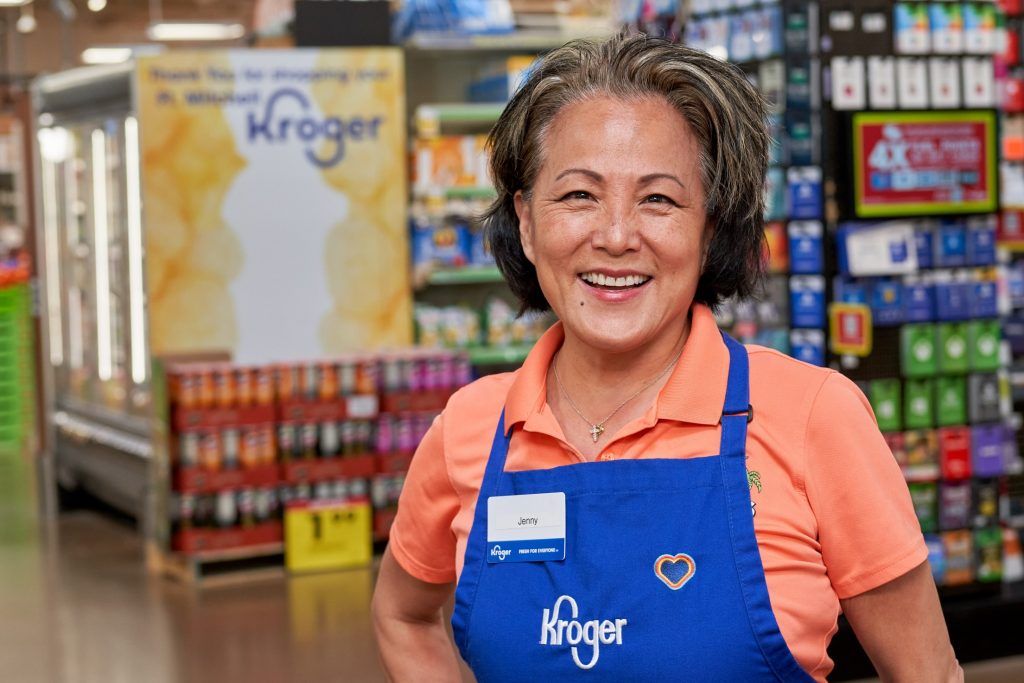As of January 28, 2023, The Kroger Co. operated directly or through its subsidiaries, 2,719 supermarkets, of which 2,252 had pharmacies and 1,637 fuel centers.
As a result, the total number of stores decreased by 7, from 2,726 in the previous year.
Approximately 50% of the company’s supermarkets operated in company-owned facilities, including some company-owned buildings on leased land.
Fuel sales are an important part of the company’s revenues, net income and loyalty offerings.
In particular, the fuel strategy is to include a fuel center in each of the Kroger supermarkets where feasible and expected to be profitable.
Each fuel center typically includes five to 10 pump islands and storage tanks with a capacity of 40,000 to 50,000 gallons of fuel.
Supermarkets typically operate under one of the following formats combined food and drug stores («combo stores»); multidepartment stores; market stores; or price impact stores.
The combo store is the primary grocery store format. The Kroger believes this format is successful because the stores are large enough to offer the specialty departments that customers want to shop in one place, including natural and organic food sections, pharmacies, general merchandise, pet centers, and high-quality perishables such as fresh seafood and organic produce.
The Kroger
Multidepartment stores are much larger than combination stores.
In addition to the departments offered in a typical combination store, multidepartment stores sell a wide selection of general merchandise items, such as apparel, fashion and home furnishings, outdoor living, electronics, automotive products and toys.
Marketplace stores are smaller than multidepartment stores. They offer full-service food, pharmacy and health and beauty services, as well as a broad offering of perishables and a general merchandise area that includes apparel, housewares and toys.
Price Impact Stores, on the other hand, offer a «no frills, low-cost» warehouse format, with everyday low prices and promotions for a wide selection of food, health and beauty products.
Quality meat, dairy, bakery and fresh produce provide strategic differentiation for price impact stores.
The average size of an impact store is similar to that of a combination store.
![]()

